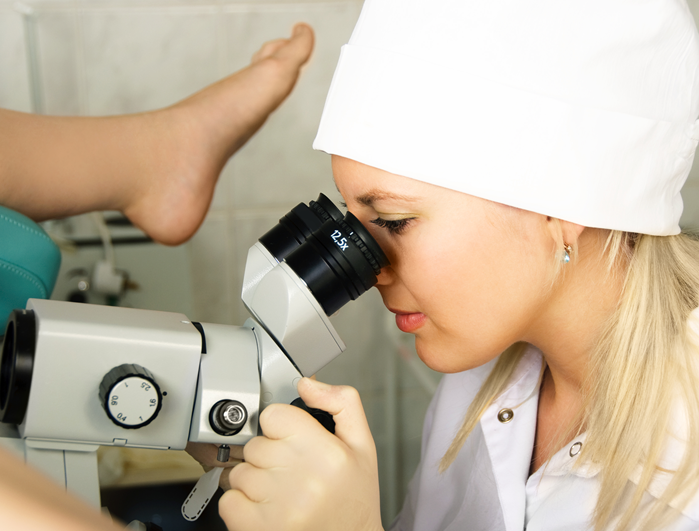Vulvoscopy
A vulvoscopy is a medical examination to look at your vulva. A colposcope (a small microscope with a bright light that can magnify areas so that the cells can be seen more clearly) may be used to identify any abnormal areas. Your doctor will apply a diluted acetic acid (like mild vinegar) onto your vulva to help identify and highlight any areas of abnormal cells. If an area is identified, a small sample of tissue – a biopsy – will be taken from the area. Anaesthetic cream is applied to the vulva to numb the area, and an injection of local anaesthetic is given. A biopsy is about the size of a pinhead. You may feel a slight stinging, but it should not be painful. Your doctor will inform you if he/she feels it is necessary to take a biopsy.



